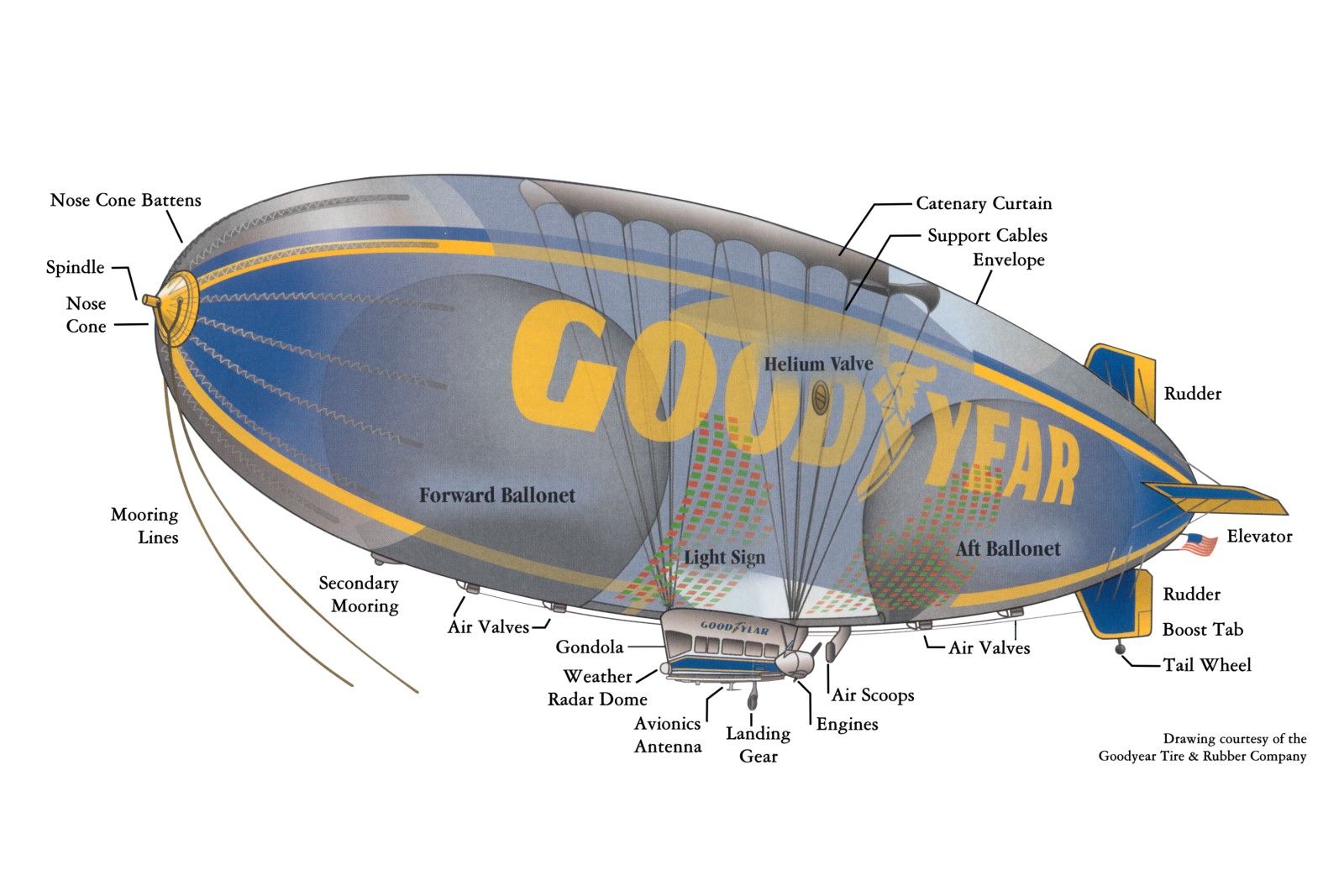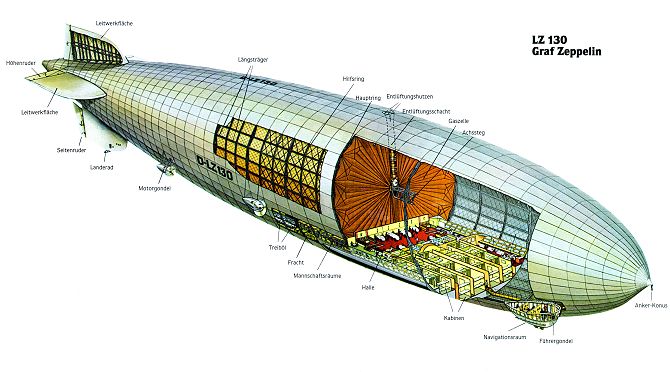The DU Lounge
Related: Culture Forums, Support ForumsDirigi-do or Dirigi-don't?
What You Didn't Know About DirigiblesThere were nose-based blimp-to-building docking solutions. Here's a shot of British politicians, sometime in the 1920s, boarding a flight out of Cardington, England. I always thought blimps docked only via the undercarriage, which proves I am dirignorant.


More at the link.
raccoon
(31,111 posts)
charlie and algernon
(13,447 posts)Taverner
(55,476 posts)Not for ALL air travel, but for connecting sea level cities to mountain cities (Denver, La Paz, Zurich)
IN fact, it would be a great way for United to shuttle passengers to its hub
It would probably take the same amount of time
LongTomH
(8,636 posts)Here's a cross-section of a blimp:

A few companies in the US now operate blimps as camera platforms and/or for advertising purposes.
A dirigible, or zeppelin, is basically a huge, rigid airframe filled mostly with lighter-than-air gas balloonets., like this one:

People have predicted that dirigibles were going to make a comeback for decades. They haven't, and the reasons should be obvious:
First, the airframes were huge assemblies that were very labor and capital intensive to build. The only airlines flying dirigibles were subsidized heavily by their host companies. They were sort of the Concorde of the 1930s.
Second, they were pretty much at the mercy of the weather. The US Navy's Shenandoah broke up in a storm over Ohio in 1925.
Third, and this is probably the clincher: Helium gas is expensive. It's not a renewable resource. The world's supply comes from natural gas wells in the southwestern United States. Even today's blimps have a capacity ranging from 50,000 cubic feet at the lowest end to about a quarter of a million cubic feet. The latest cost for helium I was able to find is about $20.00 for 9 cubic feet. You can do the math yourself.